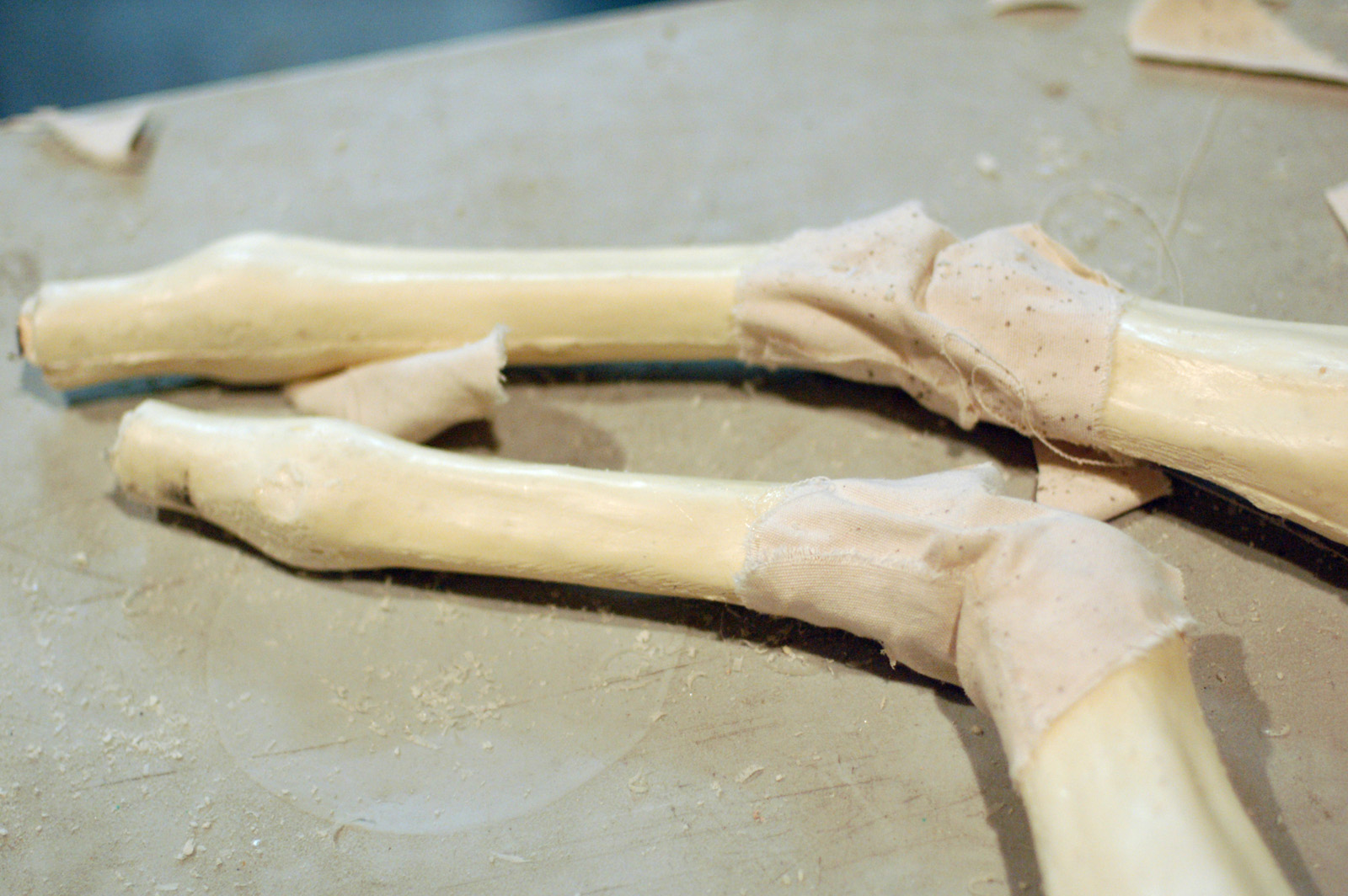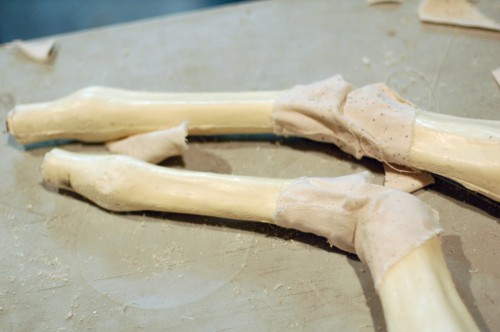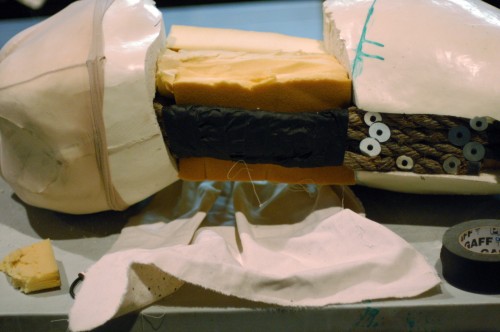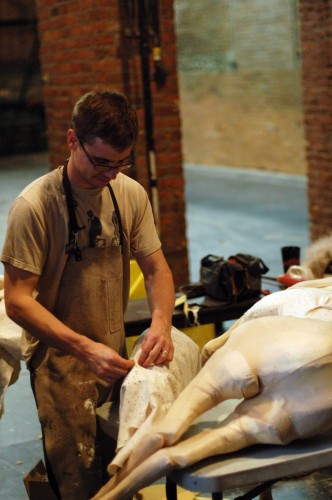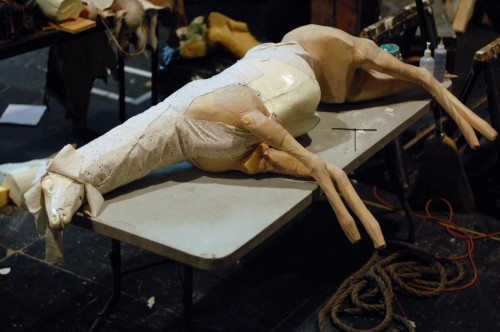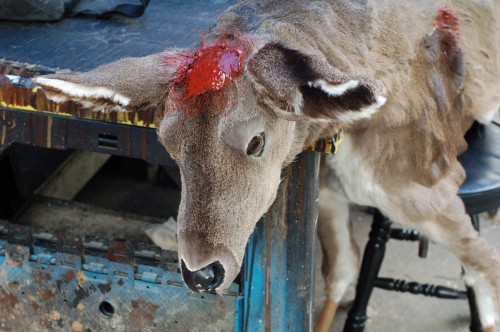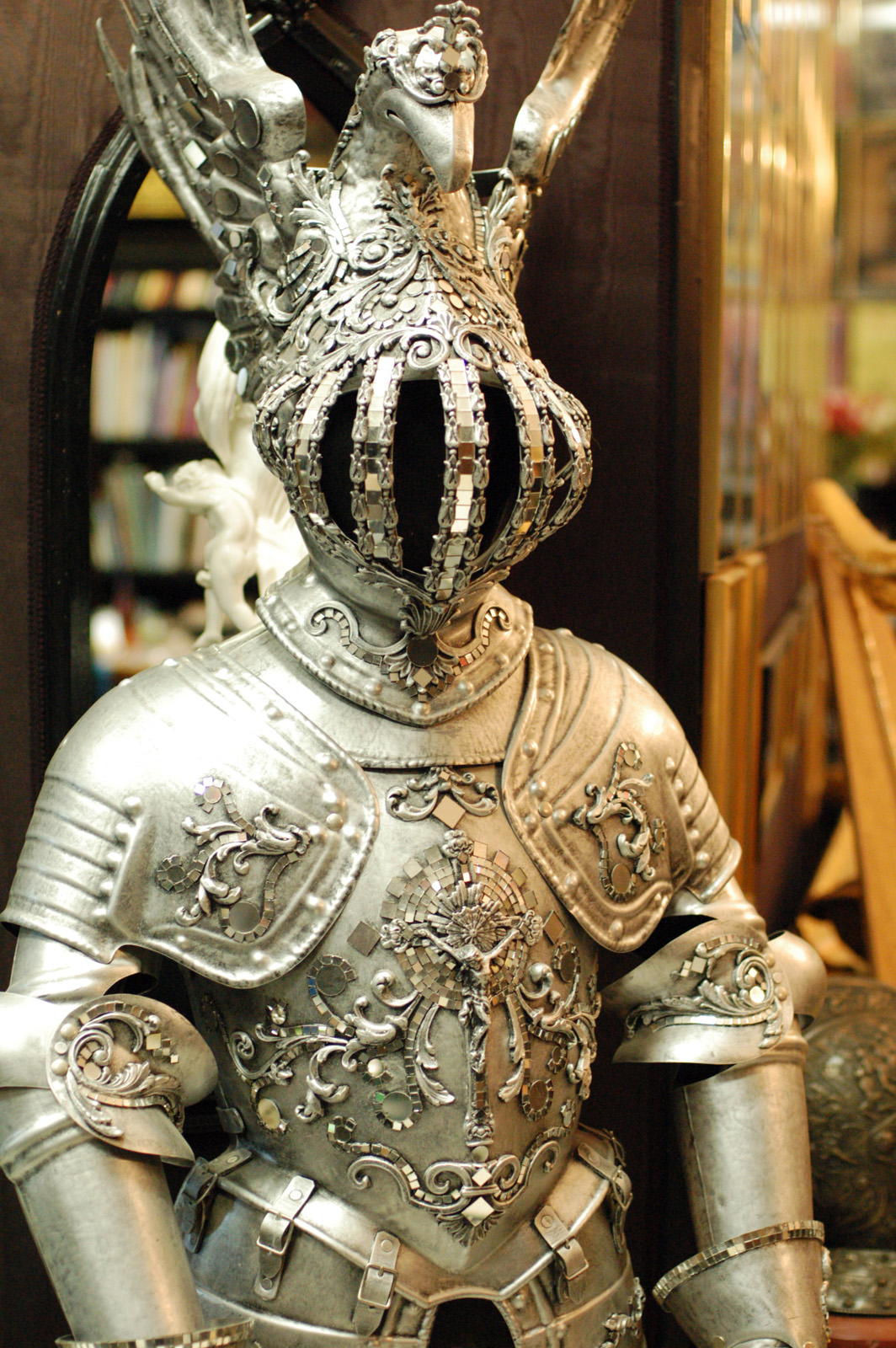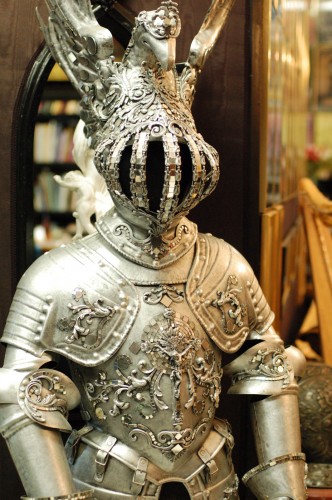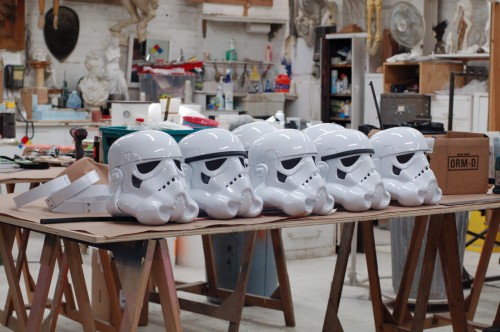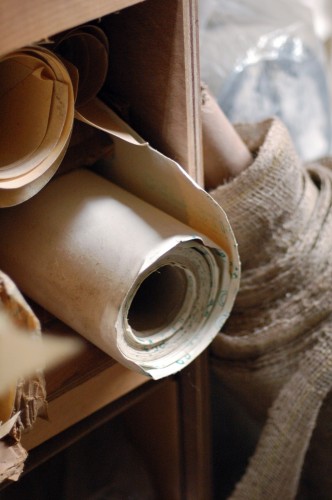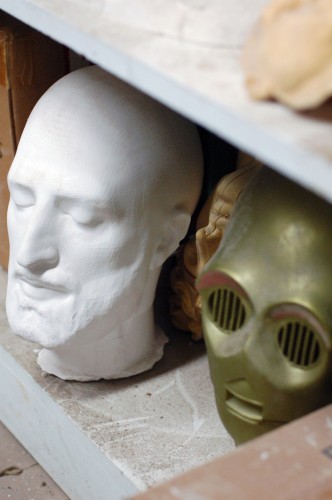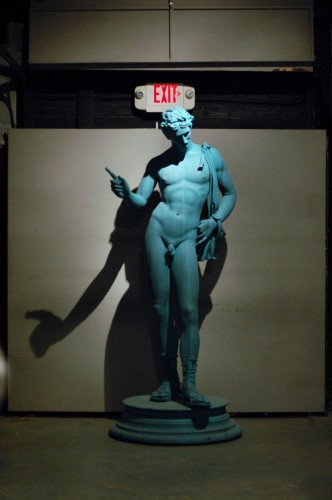It’s Friday; enjoy it while you can. For many of us, things are starting to gear back up. School is upon us, new seasons of theatre are beginning as summer stock draws to a close. It’s just a busier time of year all around. So enjoy the following bits from around the web if you get a break:
Here is a newspaper article on Zoe Morsette, who builds specialty props for Broadway (such as Les Miserables and Shrek) and television (including 30 Rock and Saturday Night Live).
This Diablo sculpture is a pretty intense piece made by Jason Babler, the creative director of Make Magazine. He does a tremendous job documenting the various materials and methods he uses to build the various shapes and textures which make up this creature.
“What Tools Do I Need to Start Woodworking” takes a good look at that question, and the answer is useful for any craft, not just woodworking. As the author says:
“The problem is that without experience, a beginner really isn’t able to tell the often-subtle difference between specialized tools. If you get one chisel, one saw, or one plane and put it to work, you’ll begin to understand the relationship between your eyes, brain, hands, sharp steel and wood. When you develop that understanding, the next tool to get becomes obvious.”
To celebrate the release of the first season of Grimm on DVD, NBC has released a short video with prop master Drew Pinniger detailing many of the fantastical props made for the show. Grimm is a fairly imaginative show, and the custom props it features every week are always fun to watch.

